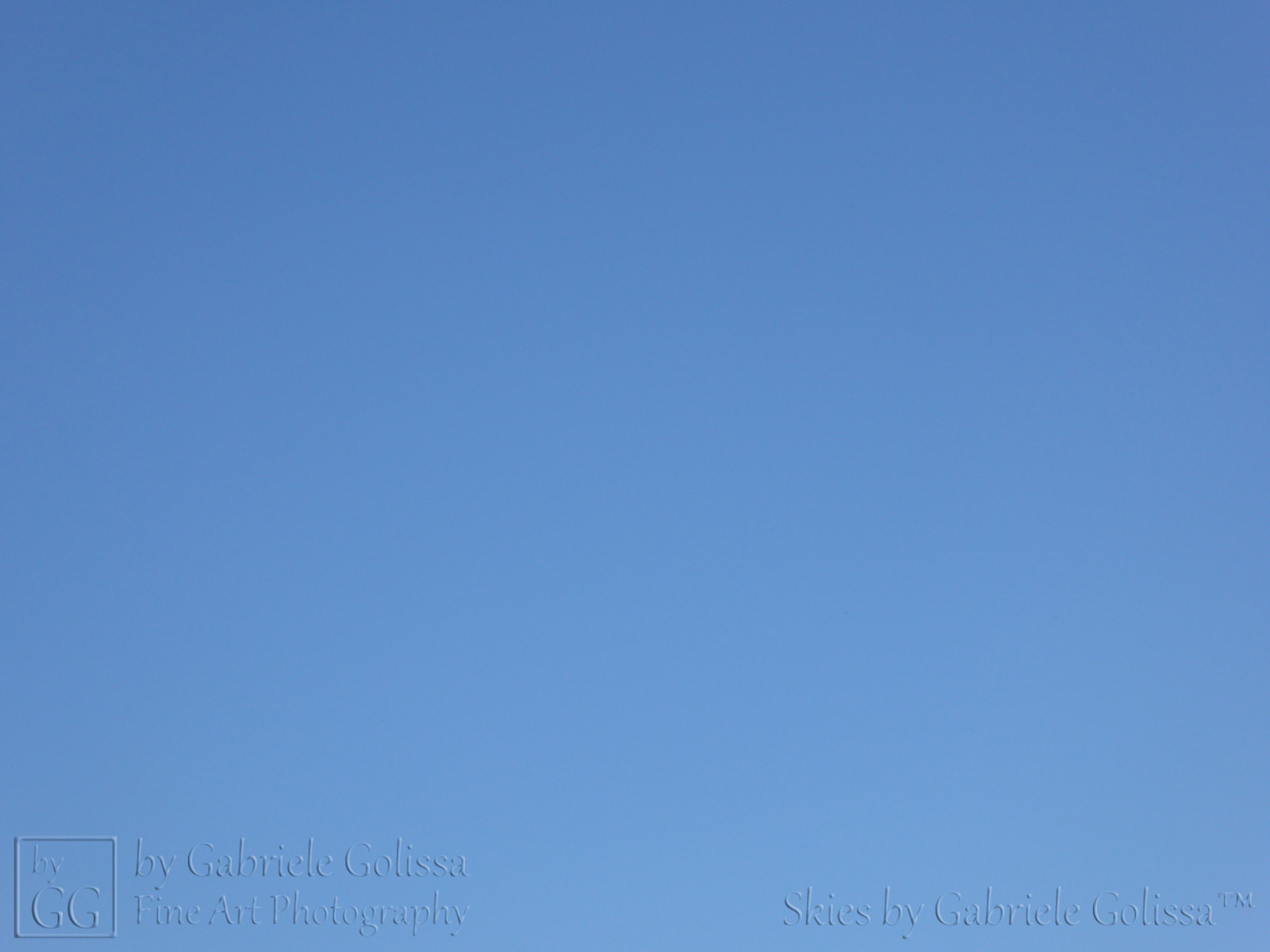
“And the sun’s beams
The moon, in passing under, covers o’er,
And darkens a bleak tract of earth as large
As is the breadth of her, the silver-eyed.”
Empedocles (ca. 495–435 BCE), Fragments, Sun and Moon, 42
In ancient times solar eclipses have often been associated with disaster and calamities. These days, people seem to be either absolutely indifferent to the event or totally excited about it. I certainly belong to the latter category. This was my first solar eclipse and I was definitely not going to miss it. Luckily the weather was complacent and spared us any clouds. There still was some smoke in the valley though, but we braved that and did not miss a single second. Even though we were not in the path of totality, it still was an unforgettable event. The moon hid about 92% of the sun. That did not make for a corona and it did not get completely dark—the darkness of the picture above is due to the filter necessary for taking photographs of the eclipse. However, it suddenly felt like late afternoon in the middle of the day and the drop in temperature was clearly noticeable. I obviously took some pictures but I was mainly there to just watch and experience my first solar eclipse. It was also a wonderful social event, as I watched it with my friend Jessie and we happened to meet two very nice ladies, Ann and Annie. We all had a great time. Thank you all for making this such a memorable day!




